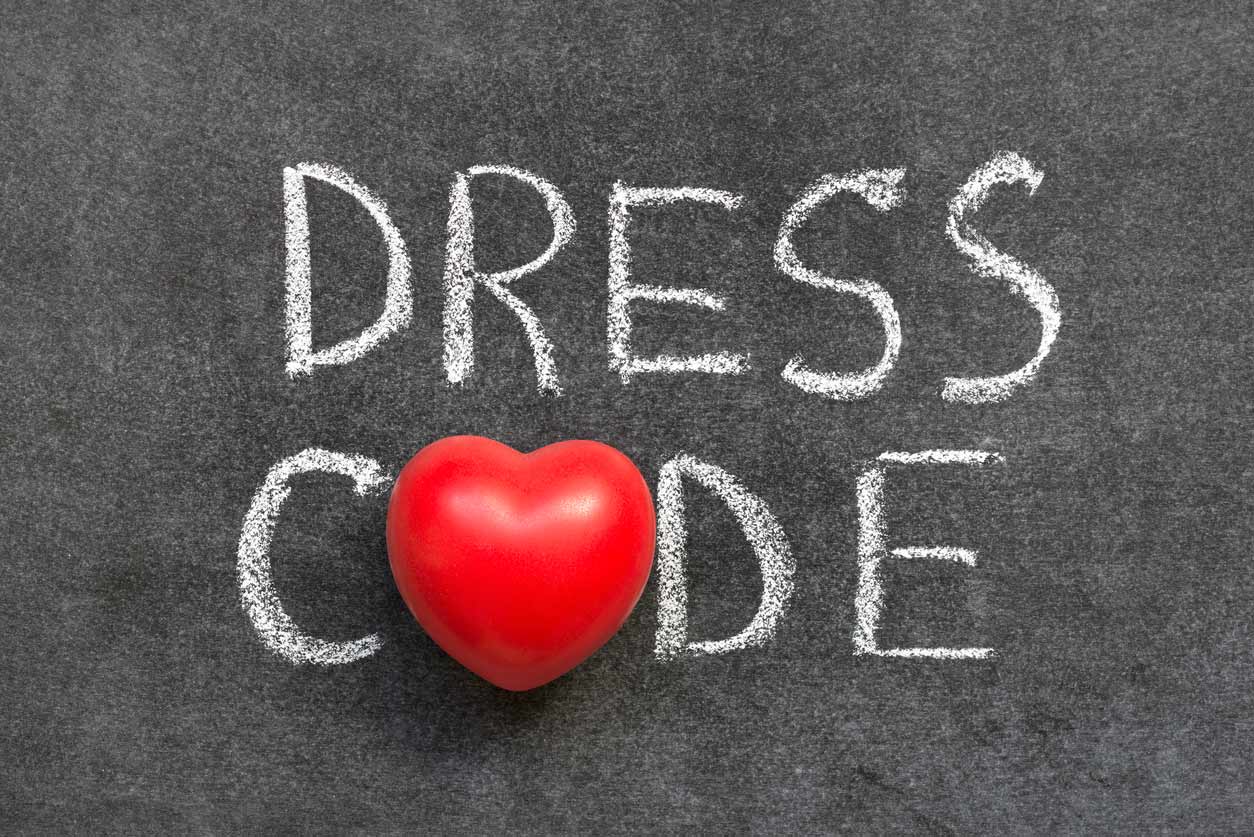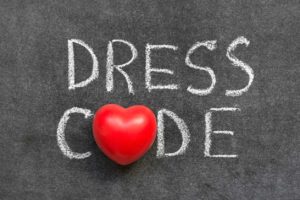

Words are not the only way students can express themselves. What students wear to school says as much, if not more than spoken words. Because of the importance of clothing in making political statements, the United States Supreme Court has played an integral role in determining the winner of the legal battle between student free speech and school dress codes. In addition, lower courts throughout the United States have ruled on the constitutional legality of school dress codes.
Prior to 1969, student free speech legal cases addressed the right of students to speak their minds freely. Tinker vs. Des Moines Independent School District expanded the legal definition of free speech to include clothing. As the first dress code law mandated by the Supreme Court, Tinker involved a large group of Des Moines high school students who wore black armbands at school to protest American participation in the Vietnam War. In a decision that set the standard for school dress codes, the Supreme Court ruled that school have the legal right to prohibit student expression, if the expression disrupts the academic environment and/or violates the legal rights of other students.
Tinker vs. Des Moines Independent School District paved the legal way for school districts to restrict what students wear to school. Most states have passed laws that permit school districts and independent public schools to mandate dress code regulations for students. The legal reasoning behind the enforcement of school dress codes typically refers to promoting a “safe, disciplined school environment, prevent interference with schoolwork and discipline, and to encourage uniformity of student dress.” Many school dress codes focus on prohibiting clothing that school districts determine to be “vulgar, obscene, or worn in a manner that disrupts school activity.” However, most lower courts have rule school dress codes that censor the free expression of ideas are typically not allowed because of the free speech clause of the First Amendment.
Under numerous court rulings, school districts have the legal right to limit or ban articles of clothing that detract from a school’s learning environment.
Here are some of clothing standards set by some school district dress codes:
Lower courts have made it clear that school districts cannot ban or limit clothing worn as a means of expressing religious beliefs. Several cases have recently moved up the legal ladder towards the United Supreme Court that address religious clothing issues such as Muslim women wearing head scarves to school and numerous school district bans on students wearing necklace crosses. Most courts have overruled school districts that have prohibited rosaries and necklaces that present the flags of foreign countries.
Students and parents must understand a school dress code policy by asking for the policy in writing to determine what is or not is acceptable clothing in the classroom. After reviewing a school’s dress code policy, you should contact a licensed California education attorney to see if you have a case that a dress code policy violates the religion and/or free speech clauses set forth in the 1st Amendment of the United States Constitution.